What are shin splints?
Shin splints is the layman’s term for Medial Tibial Stress Syndrome (MTSS), which is characterised by repetitive stress and microtrauma to the muscles, tendons, and bone in the lower leg. The repetitive activity causes an overload on the tissues, leading to small tears and inflammation. The muscles, particularly the tibialis posterior and anterior, undergo excessive strain, resulting in tissue damage. This overload disrupts the normal healing process, causing pain and inflammation. Additionally, the periosteum, the thin layer covering the shinbone (tibia), can become irritated and inflamed. The exact mechanisms and contributing factors may vary among individuals, but these processes collectively contribute to the development of shin splints.

Causes and Risk Factors for the Development of Shin Splints
Shin splints are often complex in their aetiology and there are several factors that may predispose an athlete to the development of a bony stress injury. Risk factors may include:
Overuse:
Engaging in repetitive activities like running or jumping, without proper conditioning or rest, can strain the muscles and tendons of the lower leg, leading to shin splints.
Biomechanical Issues:
Abnormalities in lower limb alignment, such as flat feet or high arches, can disrupt the natural shock absorption mechanism, increasing the risk of shin splints.
Inadequate Footwear:
Wearing shoes with insufficient support or cushioning, or using worn-out footwear, can contribute to shin splints by providing inadequate protection and shock absorption.
Training Errors:
Poor training techniques, like running on hard surfaces or sudden increases in intensity or duration, can overload the lower leg and result in shin splints.
Muscle Weakness and Imbalances:
Weak or imbalanced muscles in the lower leg or hips can lead to abnormal stress distribution, making individuals more prone to shin splints.
Prior Injury or Poor Recovery:
Previous shin splints or other lower limb injuries that were not properly rehabilitated can increase the risk of recurring shin splints.
By recognizing these causes and risk factors, individuals can take preventive measures such as proper training, appropriate footwear, strengthening exercises, and gradual progression of load to reduce the likelihood of developing shin splints and maintain optimal leg health.
If you want to learn more about preventing lower limb stress injuries, see our previous blog post: 3 WAYS TO PREVENT BSI WHILE RUNNING
Physiotherapy plays a crucial role in the management of shin splints. The main principles of shin splint management include pain reduction, promoting healing, and preventing further injury. In this blog post, we will explore some effective physiotherapy techniques and exercises to aid in the management of shin splints.
Rest and Ice:
Rest is an essential component of the initial management of shin splints. It allows the injured tissues to heal and reduces inflammation. Applying ice to the affected area for 15-20 minutes several times a day can help alleviate pain and reduce swelling. Ice packs or ice massage can be used, ensuring a barrier between the ice and the skin to prevent ice burn.
Exercises
Strengthening exercises
Strength exercise is one of the most important components of shin splint management, and should follow the principles of progressive overload to optimise strength gains. Strengthening exercises can address muscle imbalances, which are often a contributing factor to shin splints. By targeting specific muscle groups and improving overall lower limb strength, individuals can enhance their ability to absorb shock, maintain proper alignment, and distribute forces more effectively, ultimately reducing the risk of recurrence.
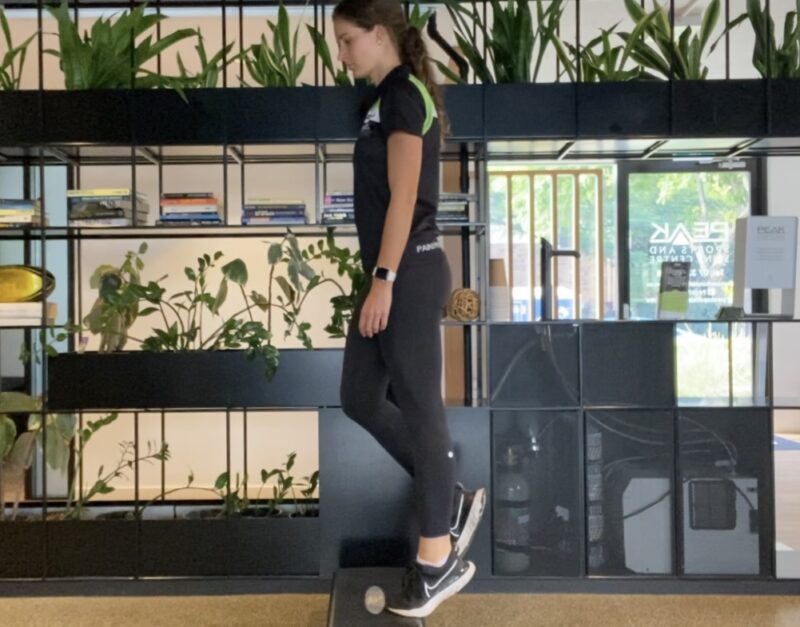
Calf Raises:
– Stand with feet shoulder-width apart, holding onto a stable support if needed.
– Slowly rise onto the balls of your feet, lifting your heels as high as possible.
– Hold for a few seconds, then lower your heels back down to the starting position.
– Perform 3 sets of 10-15 repetitions.
– This exercise can also be performed as a single-leg exercise, to bias the affected side.
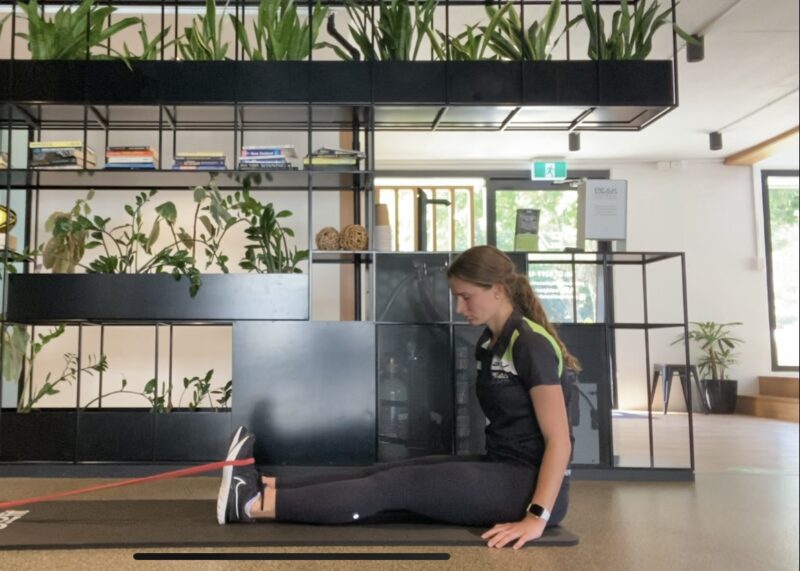
Resisted ankle dorsiflexion
– Sit on the floor in long-sitting with your legs out straight in front of you
– Rise onto your toes, lifting your heels off the ground.
– Hold for 1-3 seconds at the top, then slowly lower your heels back down.
– Perform 2-3 sets of 10-15 repetitions.
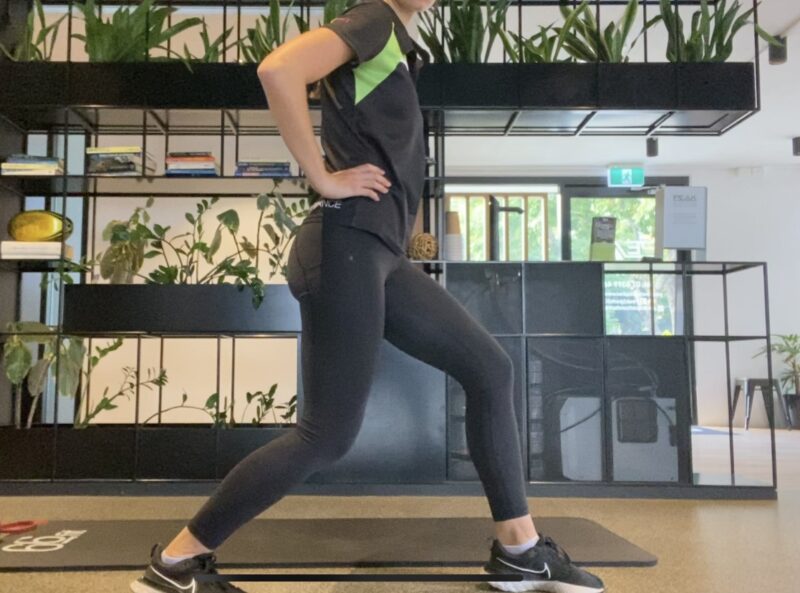
Stretching Exercises:
Calf Stretch:
– Stand facing a wall, with one foot in front of the other.
– Place your hands on the wall for support.
– Gastrocnemius bias: Keeping the back leg straight, lean forward, bending the front knee until you feel a stretch in the calf of the back leg.
– Soleus bias: Bend the back knee slightly, lean forward, bending the front knee until you feel a stretch in the calf of the back leg.
– Hold the stretch for 30 seconds. Perform 3 times on each leg.
Management of Risk Factors
Management of risk factors for shin splints, including altered running biomechanics, plays a crucial role in preventing re-injury. A running assessment may be useful in identifying any biomechanical abnormalities or inefficiencies that may contribute to shin splints.Techniques such as gait retraining, proprioceptive training, and orthotic prescription may also be utilised to correct altered running biomechanics and reduce stress on the lower leg, thereby reducing the risk of shin splints.
Physiotherapy plays a crucial role in the effective management of shin splints. By incorporating rest, ice, strengthening exercises, and stretching into a comprehensive treatment plan, individuals can alleviate pain, promote healing, and prevent further injury.
If you are concerned that you are experiencing shin splints or would like advice on strategies to assist in preventing injury with running, come and see one of our physiotherapy or podiatry coaches for a full assessment and individualised treatment plan tailored to your goals.
References:
Newman, P. et al. (2013) ‘Risk factors associated with medial tibial stress syndrome in runners: A systematic review and meta-analysis’, Open Access Journal of Sports Medicine, p. 229. doi:10.2147/oajsm.s39331.
Let's get started — How can we help?
Physiotherapy
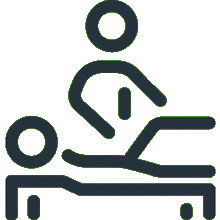
Chiropractic

Podiatry
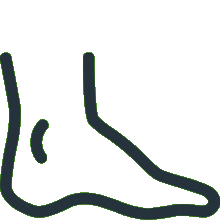
Massage Therapy

Women's Health Physiotherapy

Running Program Tailored To Your Goals

Joint Mobilisation

Active Release Technique

Exercise Prescription
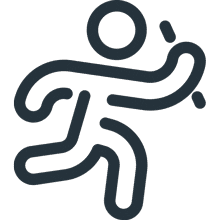
Real Time Ultrasound Imaging

Spinal Manipulation

Functional Movement Screen

Knee Pain Treatment

Hamstring Strain Treatment
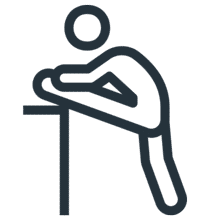
Hip Pain Treatment

Upper, Middle & Lower Back Pain

Neck Pain Treatment

Shoulder Pain & Rotator Cuff Tear

Can't find what you're after?
View all ServicesOr email the PEAK team at info@peakssc.com.au
Hawthorne
- Phone: (07) 3399 3318
- Fax: (07) 3319 6577
Address
5/171 Riding Road,Hawthorne, QLD, 4171 Get Directions
Opening Hours -
6 days per week
- Monday - Friday: 7:00 am - 8:00 pm
- Saturday: 7:00 am - 1:00 pm
To make a booking outside of business hours, please use our form by clicking here.
New Farm
- Phone: (07) 3399 4668
- Fax: (07) 3319 6577
Address
1/15 Lamington Street,New Farm, QLD, 4005 Get Directions
Opening Hours -
6 days per week
- Monday: 7:00 am - 8:00 pm
- Tuesday: 7:00 am - 8:00 pm
- Wednesday: 9:00 am - 8:00 pm
- Thursday: 10:00 am - 8:00 pm
- Friday: 7:00 am - 3:00 pm
- Saturday: 7:00 am - 3:00 pm
To make a booking outside of business hours, please use our form by clicking here.
